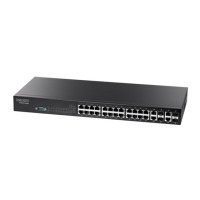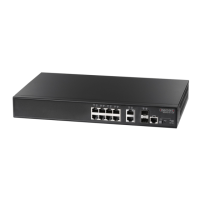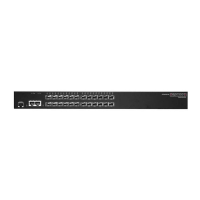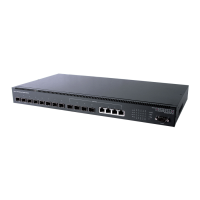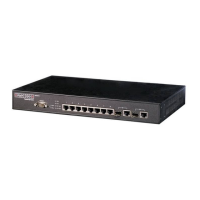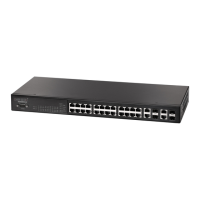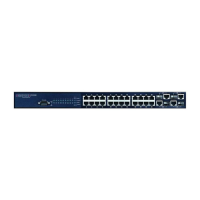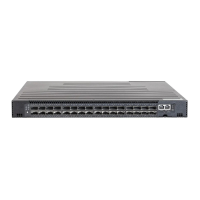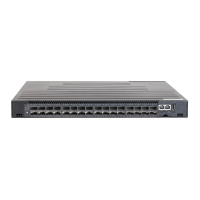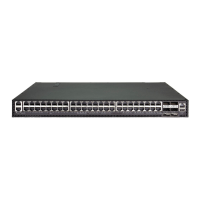C
HAPTER
13
| Security Measures
Configuring HTTPS
– 338 –
◆ The client and server establish a secure encrypted connection.
A padlock icon should appear in the status bar for Internet Explorer 6,
Mozilla Firefox 4, or Google Chrome 29, or more recent versions.
◆ The following web browsers and operating systems currently support
HTTPS:
◆ To specify a secure-site certificate, see "Replacing the Default Secure-
site Certificate" on page 339.
N
OTE
:
Users are automatically logged off of the HTTP server or HTTPS
server if no input is detected for 600 seconds.
N
OTE
:
Connection to the web interface is not supported for HTTPS using an
IPv6 link local address.
PARAMETERS
These parameters are displayed:
◆ HTTPS Status – Allows you to enable/disable the HTTPS server feature
on the switch.
(Default: Enabled)
◆ HTTPS
Port – Specifies the UDP port number used for HTTPS
connection to the switch’s web interface. (Default: Port 443)
WEB INTERFACE
To configure HTTPS:
1. Click Security, HTTPS.
2. Select Configure Global from the Step list.
3. Enable HTTPS and specify the port number if required.
4. Click Apply.
Table 20: HTTPS System Support
Web Browser Operating System
Internet Explorer 6.x or later Windows 98,Windows NT (with service pack 6a),
Windows 2000, XP, Vista, 7, 8
Mozilla Firefox 4 or later Windows 2000, XP, Vista, 7, 8, Linux
Google Chrome 29 or later Windows XP, Vista, 7, 8
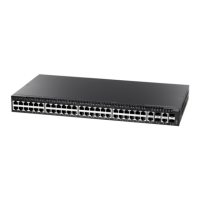
